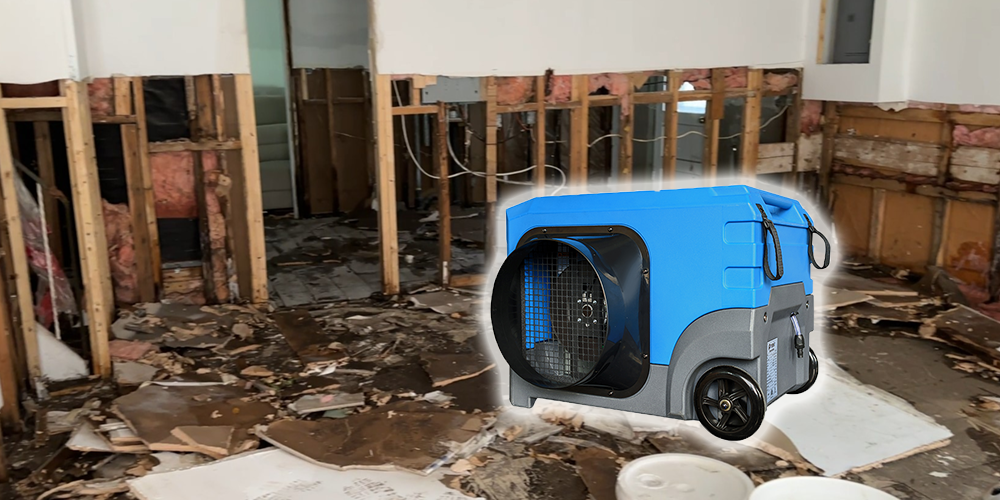Views: 1 Author: Site Editor Publish Time: 2025-11-19 Origin: Site







Here are practical, Australia-specific tips for dehumidification during the rainy season (typically Nov–Apr in the north and winter–spring in some southern regions). These will help protect your home, prevent mould, and keep indoor spaces comfortable.
Choose the right capacity:
Small rooms: 20–30 L/day
Medium rooms: 30–50 L/day
Large open areas: 50–70 L/day
Continuous drainage: If humidity stays high for weeks (common in Queensland and the NT), use a hose drain or external pump drainage so you don't have to empty the tank constantly.
Placement: Keep it in the centre of the room, away from the walls. Close windows and doors.
Open windows during dry, breezy hours (often morning in coastal areas).
Use ceiling fans and exhaust fans to move moisture out of kitchens, bathrooms, and laundry rooms.
In apartments with limited airflow, combine ventilation + dehumidifier simultaneously.
Dry clothes outdoors when possible. If drying indoors, run a dehumidifier at the same time.
Keep bathroom doors closed during showers and run the exhaust fan for 20–30 minutes afterwards.
Cover pots when boiling water.
Avoid leaving wet towels or shoes indoors.
Heavy rain + humidity can seep in through structural weak points:
Windows & Sliding Doors
Use weather seals or draft stoppers to reduce moist air infiltration.
Clean the tracks to prevent water pooling.
Roof, Gutters & Downpipes
Ensure no blockages before storm season.
Overflowing gutters increase indoor humidity and encourage mould.
Crawl Spaces & Under-Home Areas (common in QLD & NSW older houses)
Use underfloor ventilation or a crawl space dehumidifier if moisture accumulates.
Ground moisture barriers can significantly reduce humidity rising into rooms.
Keep indoor humidity between 45–55%.
Many Australian dehumidifiers come with digital displays—use the humidity setting mode. Hzhongtai is a reliable dehumidifier manufacturer providing high quality restoration dehumidifiers. Don't hesitate to get in touch with us if you have humidity problems.
Too low (<40%) can cause dry skin and increase energy use.
Humidity in the rainy season can damage belongings:
Use moisture absorbers for closets, wardrobes, and storage boxes.
Place silica gel or charcoal bags in shoe cabinets.
Keep wardrobe doors slightly open to improve circulation.
Place dehumidifiers near wooden furniture or instruments that are sensitive to moisture.
Mould can grow within 24–48 hours in humid conditions.
Wipe condensation from windows daily.
Clean surfaces with vinegar or diluted bleach if mould appears.
Use anti-mould paint in bathrooms and laundry rooms.
If persistent, run an LGR dehumidifier overnight in problem areas.
Queensland, Northern Territory, Northern WA
Continuous operation (12–24 hours/day) during the wet season is often necessary.
Consider a high-capacity refrigerant dehumidifier.
Sydney, Melbourne, Adelaide
Use dehumidifiers especially after days of prolonged rain or cold-humid winter.
A desiccant dehumidifier works well in colder climates.
Run the dehumidifier in Auto Mode.
Keep doors closed to avoid dehumidifying the whole house unnecessarily.
Clean air filters every 2–4 weeks.
Combine AC with your dehumidifier—air conditioners naturally remove moisture too.